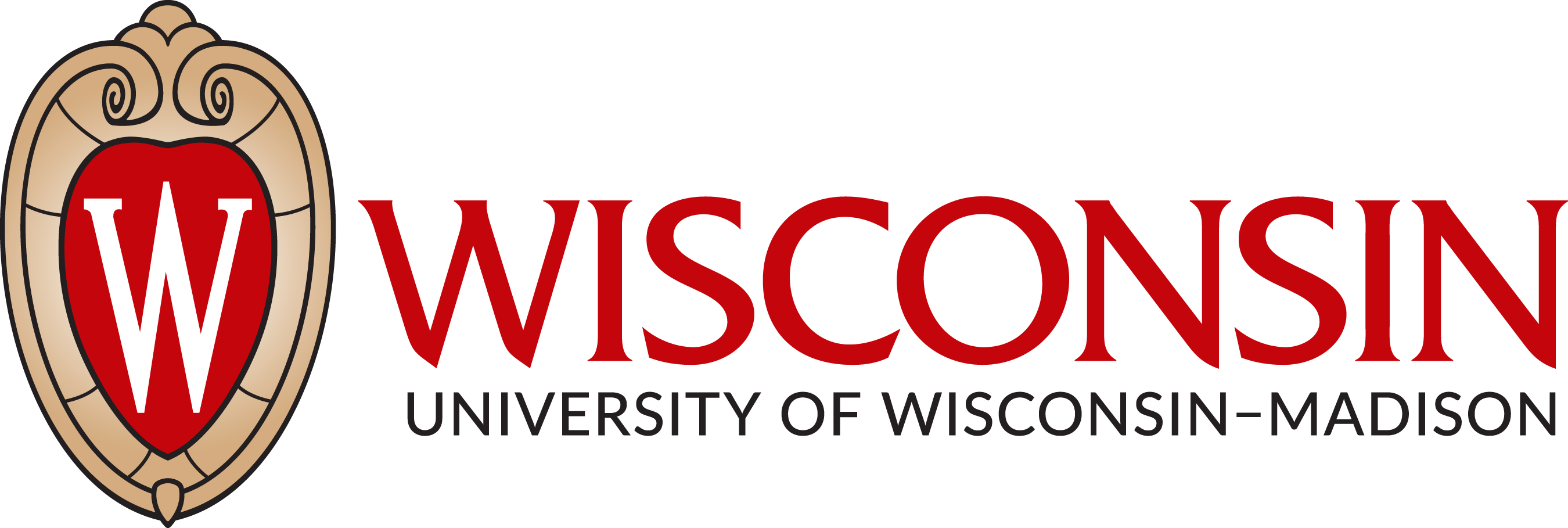D10.2 Solutions of Solids in Solids: Alloys
Another type of solution occurs when two or more elements, typically metals, are melted and mixed together so that their atoms can intersperse, forming an alloy. Upon re-solidification, the atoms become fixed in space relative to each other and the resulting alloy has different properties than the two separate metals. Bronze was one of the first known alloys. Its major component is copper (~90%) and its minor component is tin (~10%), although other elements such as arsenic or phosphorus may also be included.
The Bronze Age was a significant leap forward in human history. Before bronze, the only metals available were those that occurred naturally in their elemental form—typically silver, copper, and gold, which were not well suited to forming weapons and armor. Bronze is harder and more durable than copper because the tin atoms substitute for copper atoms in the solid lattice. Its structure has stronger metallic bonding interactions, making it harder and less deformable, with a higher melting point than copper itself. Artifacts (weapons, pots, statues, etc.) made from bronze are highly prized. Before bronze, the only metals available were those that occurred naturally in their elemental form– typically silver, copper, and gold.
Steel is another example of a solid–solid solution. It is an iron solvent with a carbon solute. The carbon atoms do not replace the iron atoms, but fit in the spaces between them; this is often called an interstitial alloy. Because there are more atoms per unit volume, steel is denser, harder, and less metallic than iron. The carbon atoms are not in the original lattice, so they affect the metallic properties more and make it harder for the atoms to move relative to each other. Steel is more rigid, less malleable, and conducts electricity and heat less effectively than iron.
Please use this form to report any inconsistencies, errors, or other things you would like to change about this page. We appreciate your comments. 🙂 (Note that we cannot answer questions via the google form. If you have a question, please post it on Piazza.)

